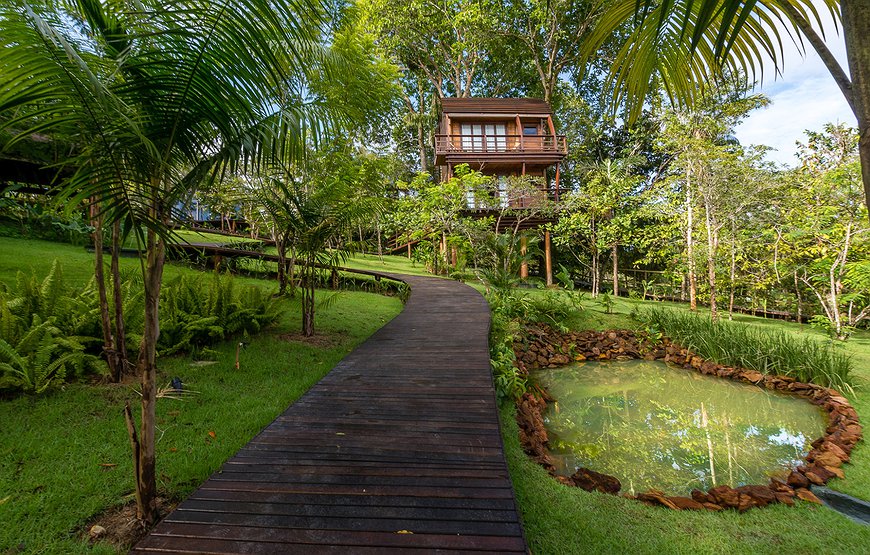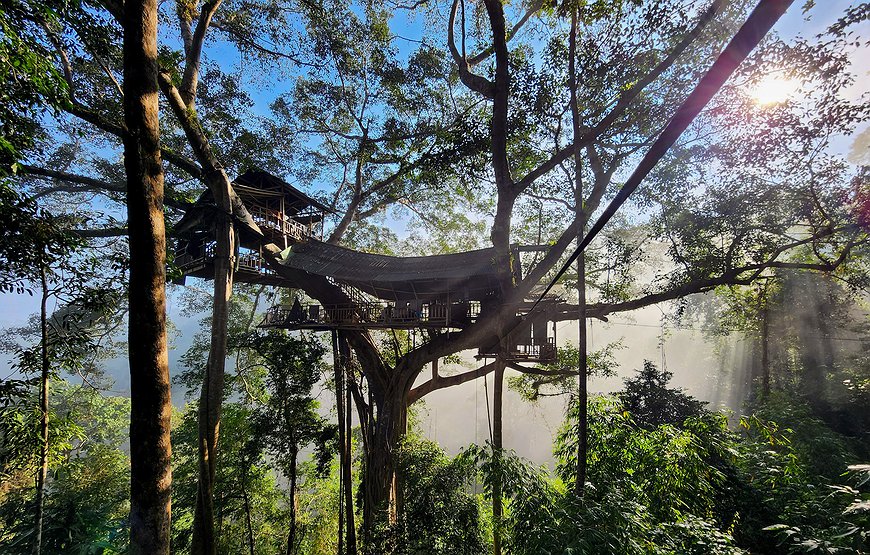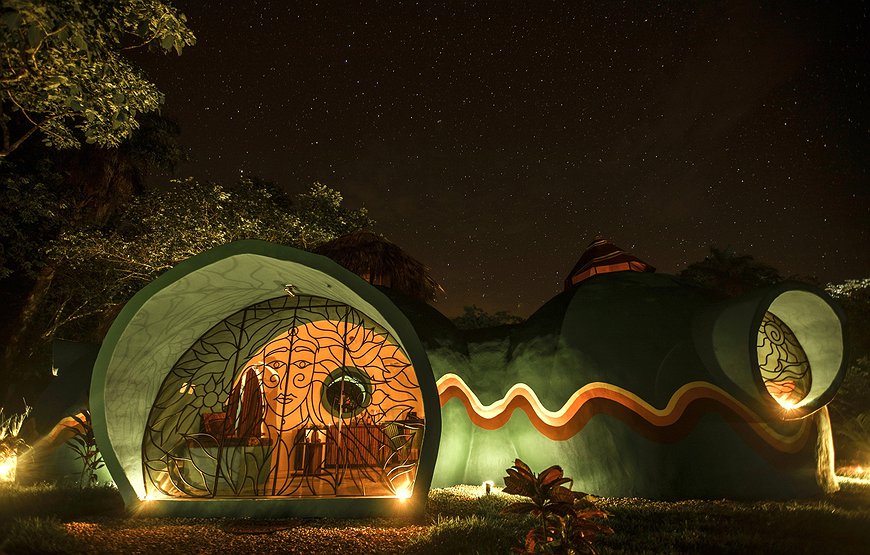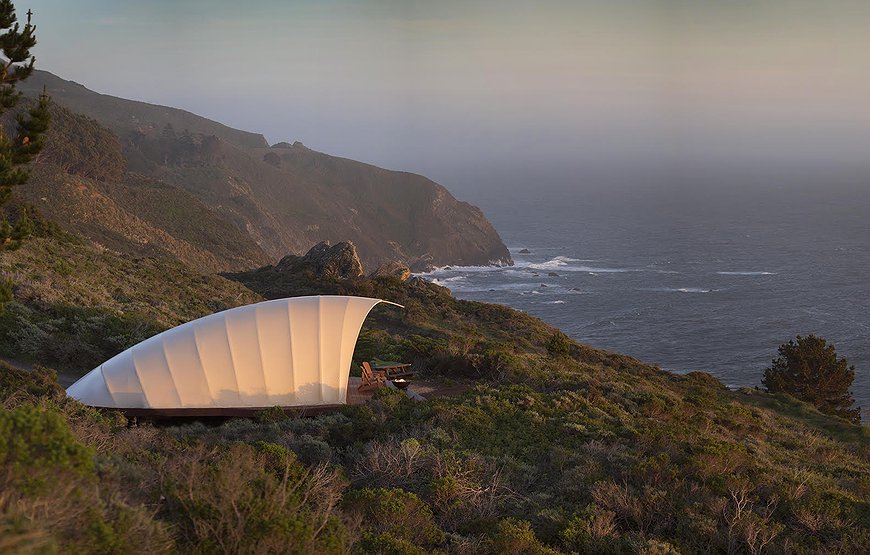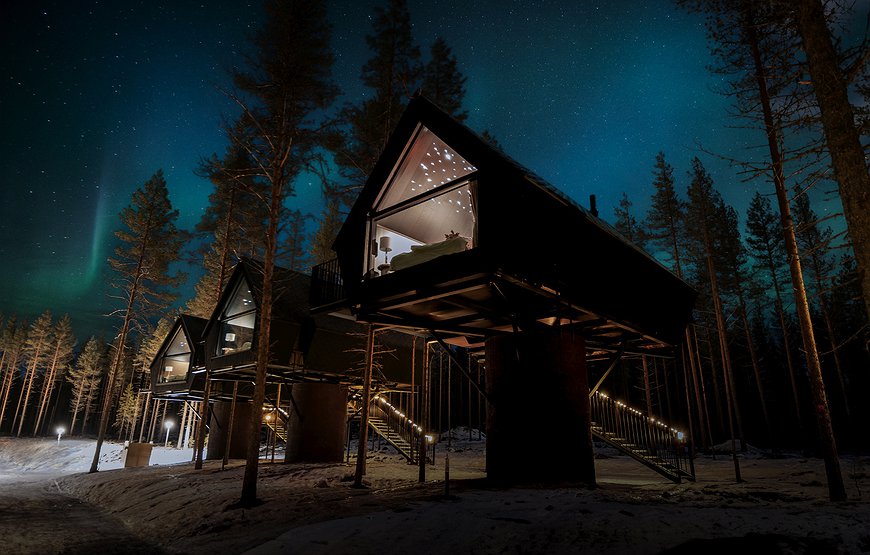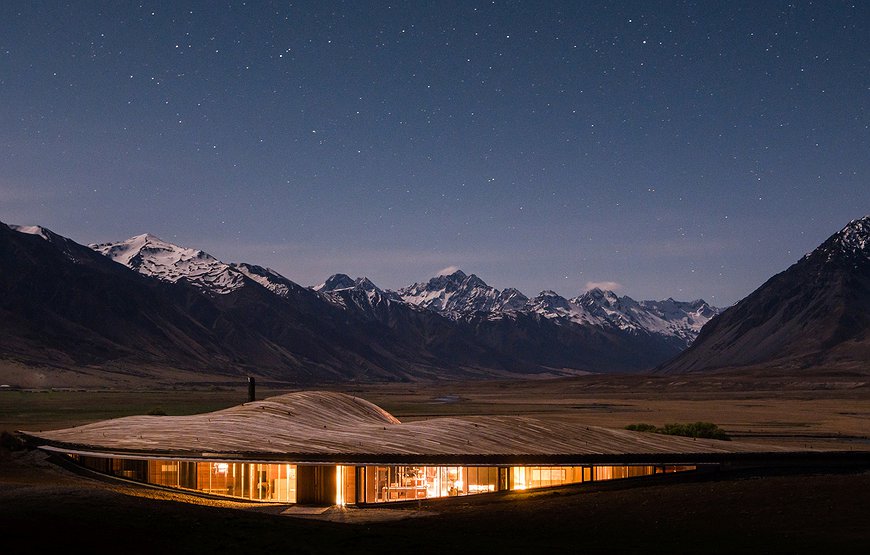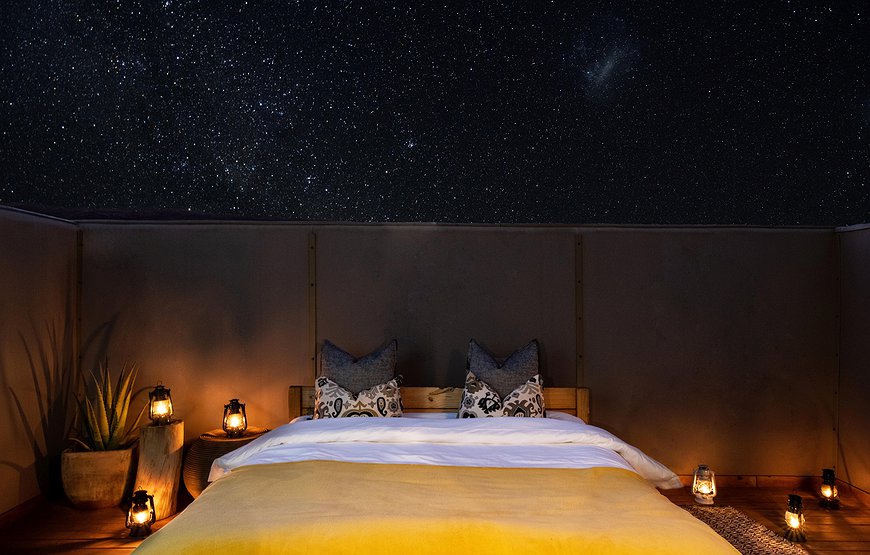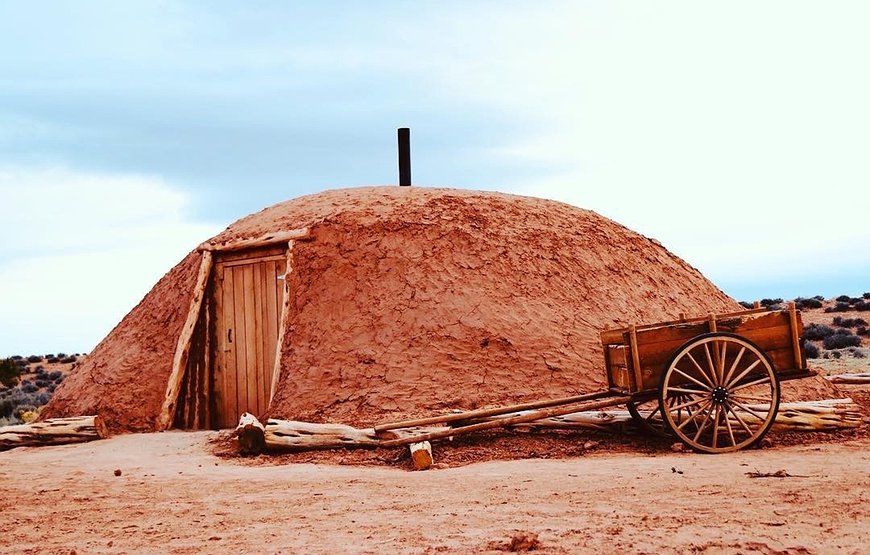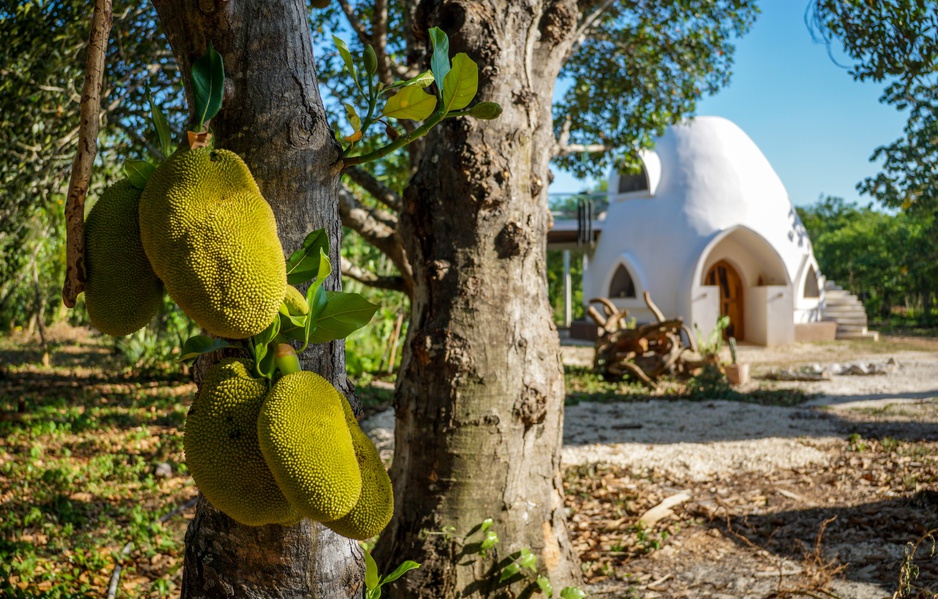
Deep in the Mayan jungle near Solferino, Mexico, there's an accommodation that breaks every rule about hotel architecture. Instead of concrete and steel, you'll find yourself sleeping inside a superadobe dome - a structure built from earth-filled polypropylene bags that looks like something between an ancient temple and a spacecraft that's made peace with the forest floor.
Welcome to Yacalandia's Dome @ Jackfruit Jungle Paradise, where the accommodation is almost secondary to an ambitious experiment in sustainable living and regenerative agriculture that happens to revolve around one of the world's most peculiar fruits.
The Jackfruit Revolution
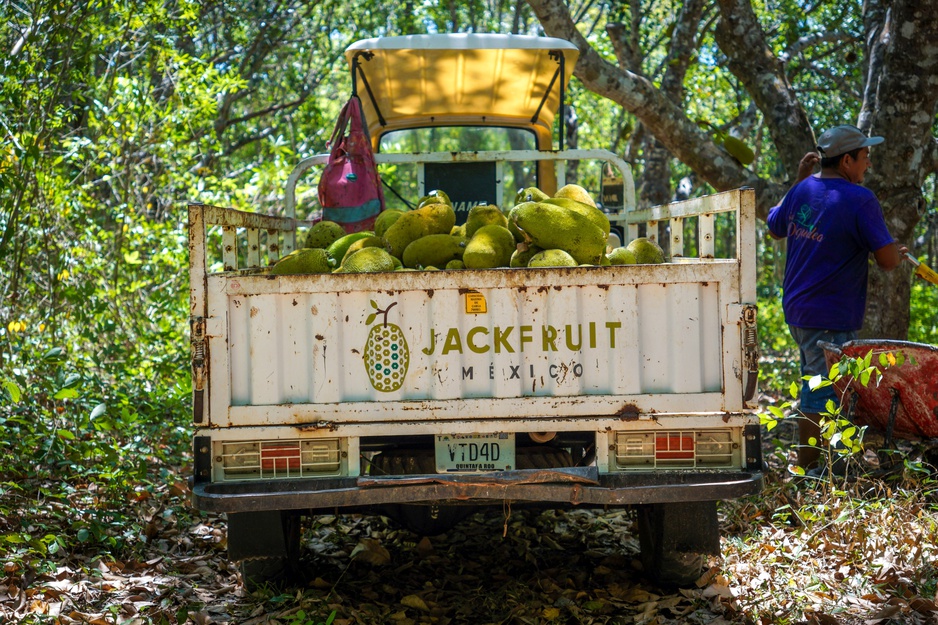
The clue is in the name, though few visitors arrive knowing much about jackfruit beyond its reputation as a trendy meat substitute in vegan restaurants. Here, wandering through four hectares of tropical fruit forest, you'll encounter the real thing: ancient trees bearing fruits that can weigh up to 40 kilograms and feed a family for days.
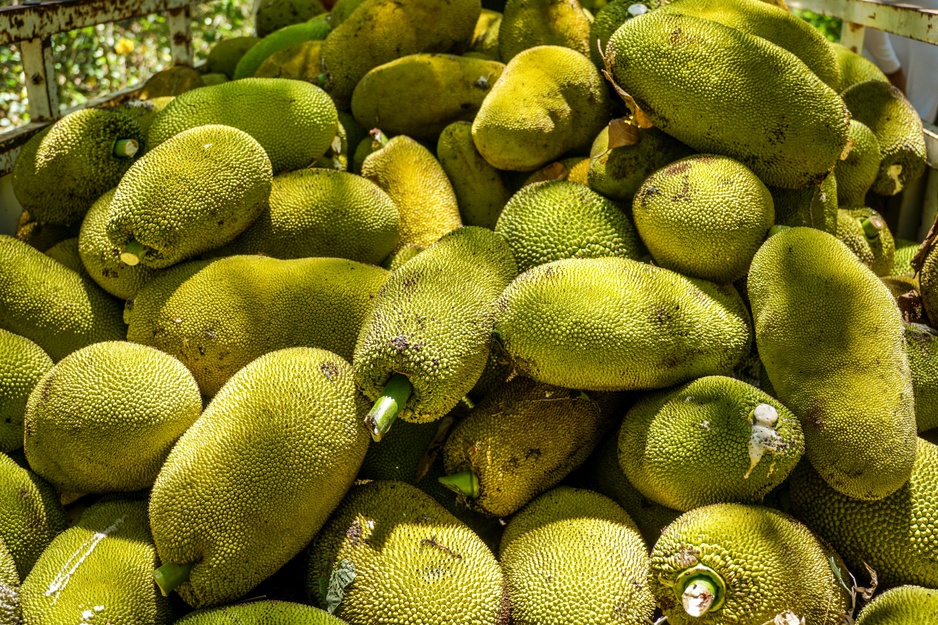
Jackfruit's story reads like agricultural folklore. Native to South Asia, where it appears in ancient texts like the Mahabharata and Ramayana, this versatile giant has been sustaining communities for millennia. Its biological name, Artocarpus, literally translates to "therapeutic bread fruit" - a hint at why ancient Ayurvedic texts recommended eating it in its pre-ripe state for maximum nutritional benefit.
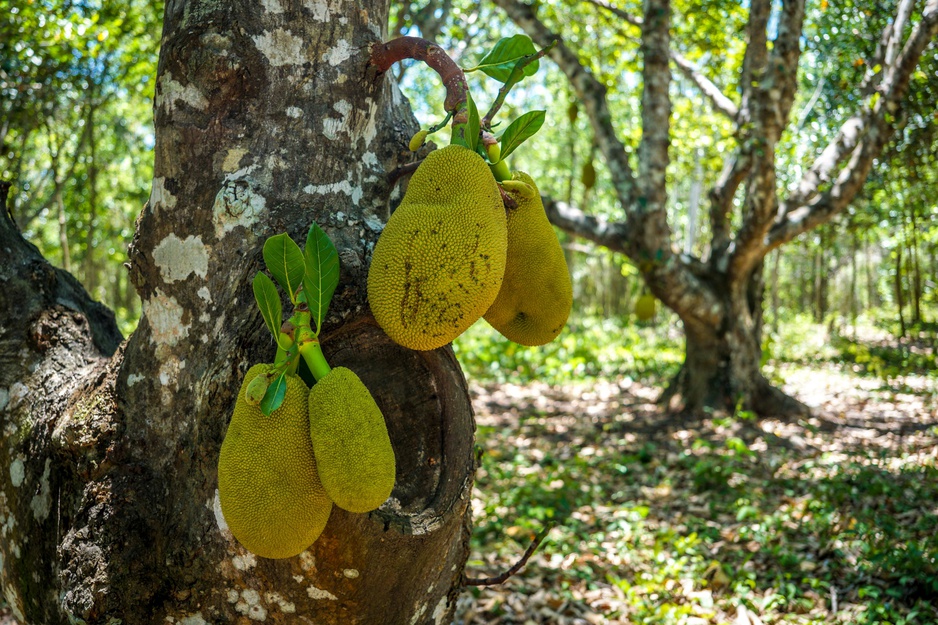
The property's founders discovered a 35-year-old jackfruit plantation that had been abandoned after a hurricane struck in 2005. Since 2015, they've been nursing over 400 jackfruit trees back to health while cultivating an additional 200 exotic plants including avocado, mango, soursop, and passion fruit. This isn't just farming - it's an exercise in regenerative agriculture that treats the land as a living ecosystem rather than a resource to be exploited.
What makes jackfruit particularly fascinating is its nutritional density packed into those 94 calories per 100 grams. The fruit delivers vitamin C, thiamine, riboflavin, and essential minerals while tasting like a hybrid of mango, banana, and pineapple. For a property built around sustainable living, choosing to name itself after a fruit that can feed multitudes while requiring minimal environmental intervention makes perfect sense.
Earth Architecture Meets Jungle Engineering
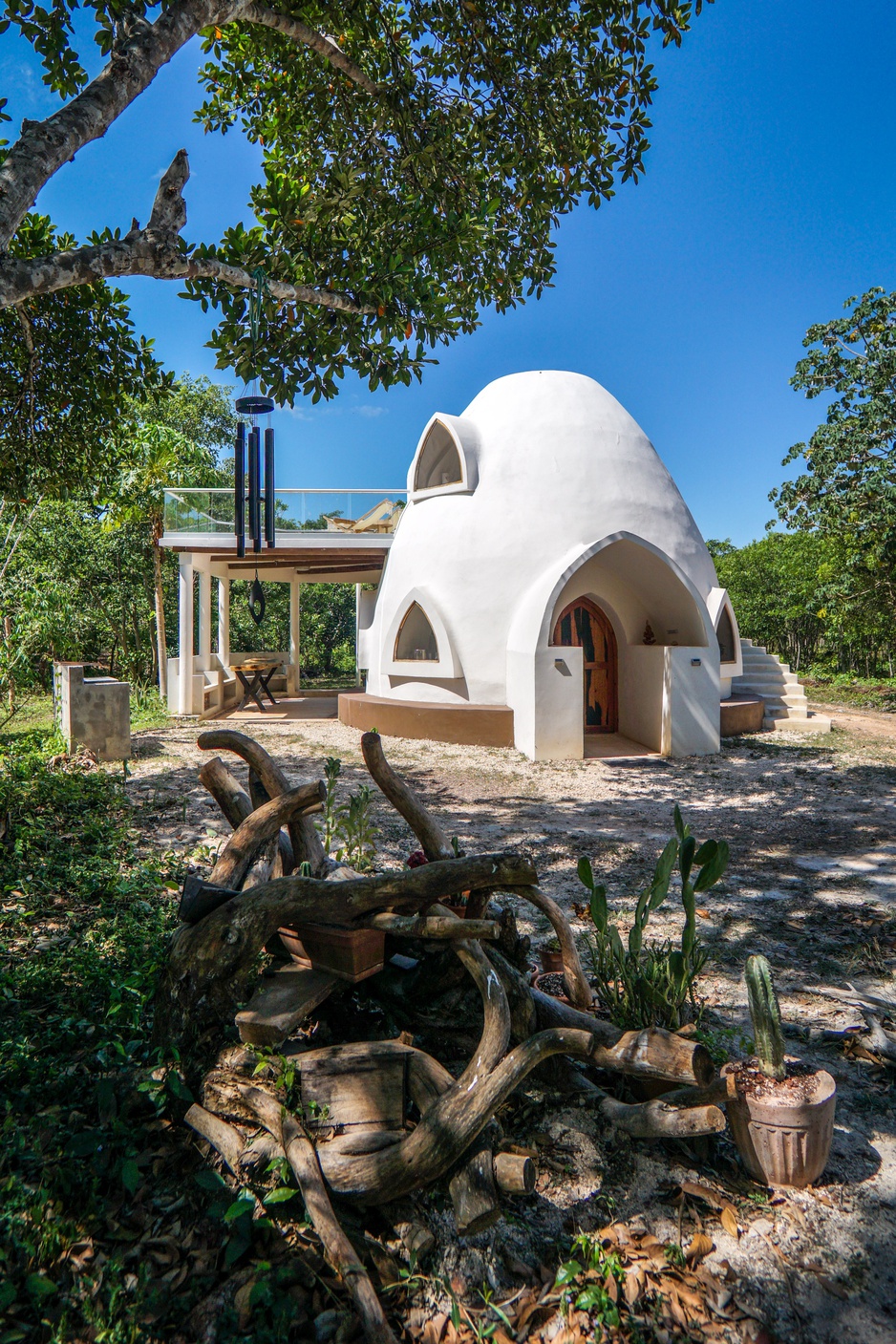
The dome challenges every assumption about what accommodation should look like. Built using the superadobe technique developed by Iranian architect Nader Khalili in the 1980s, the structure consists of polypropylene bags filled with local soil, stacked in rings and bound together with barbed wire and earth mortar.
From the outside, the dome appears to emerge organically from the jungle floor. Its circular walls, 60 centimeters thick and rising five meters high, curve upward like a giant's overturned bowl. The structure required 700 meters of polypropylene bags and 50 tons of soil, all sourced locally and assembled between January 2021 and August 2022.
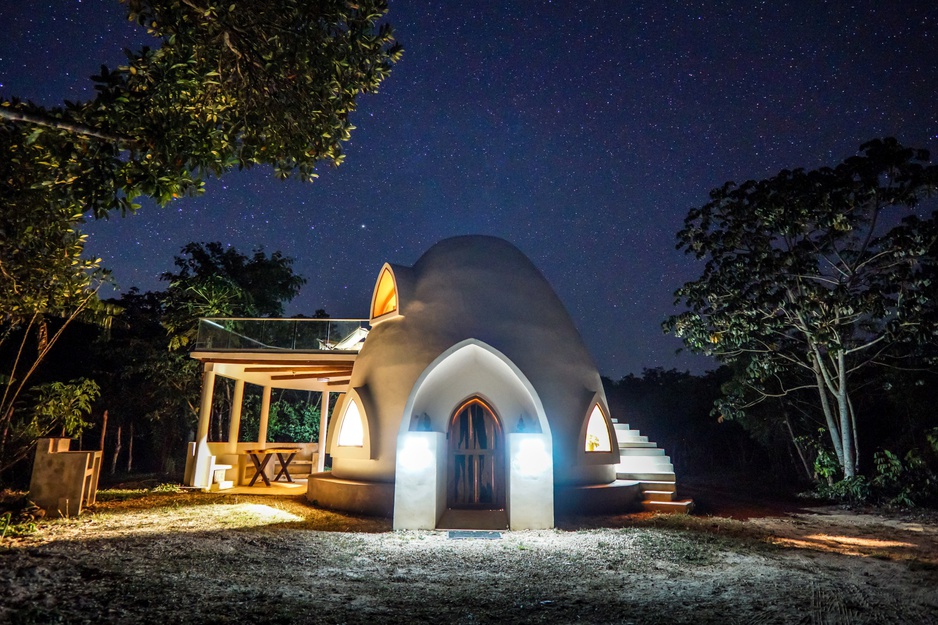
The building's orientation isn't random - every detail considers the path of the sun and moon, providing natural lighting during the day and creating dramatic illumination during full moon nights. Large thorns that once protected young ceiba trees inspired the dome's defensive positioning against potential jungle encroachment.
What strikes you immediately is how the structure seems to breathe with the landscape rather than impose itself upon it. The rounded walls eliminate harsh corners where heat might collect, while the thick earth construction provides natural insulation against the jungle's temperature extremes.
Living Spaces That Flow Like Forest Clearings
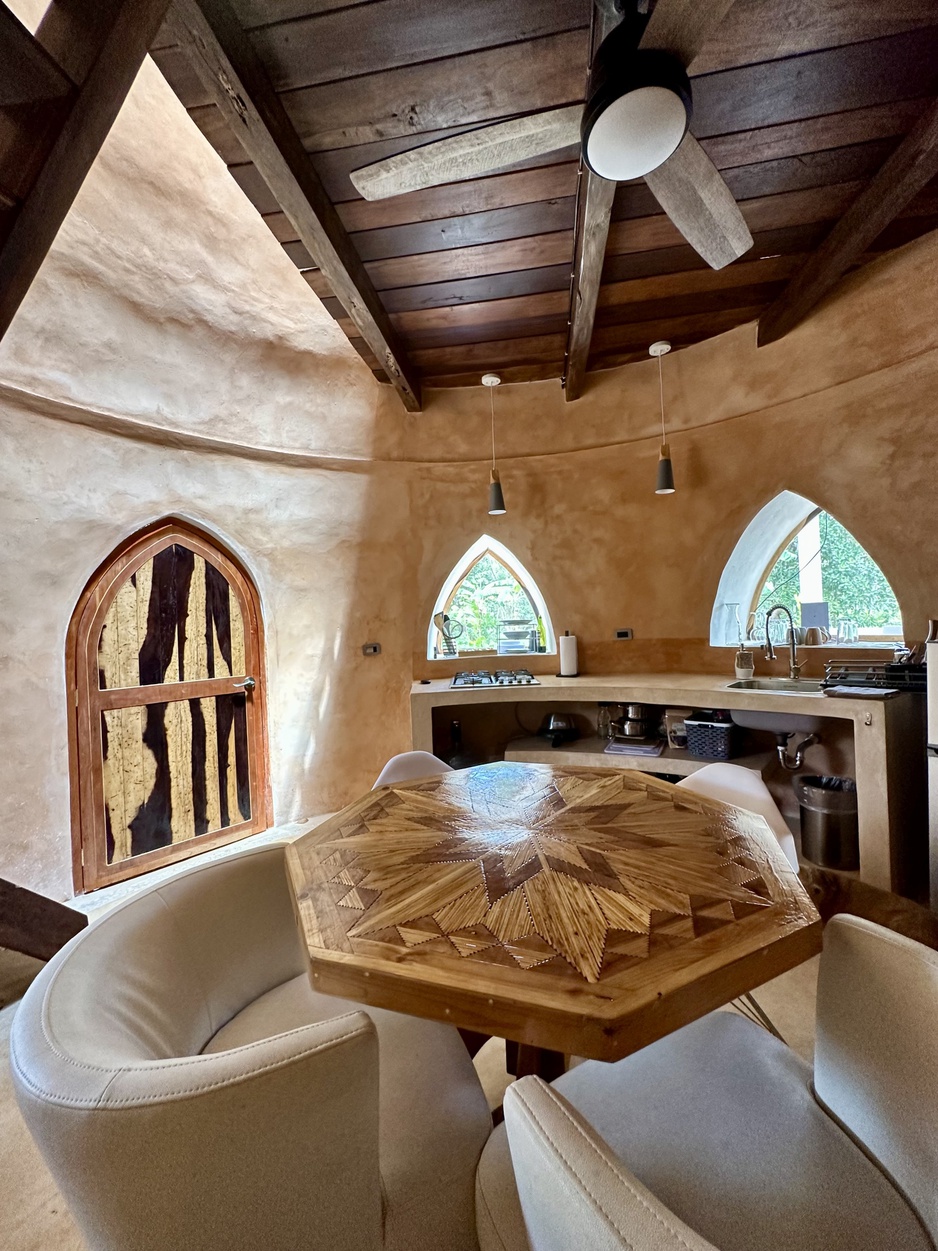
Step inside, and the 34 square meters of living space feel surprisingly generous. The interior design embraces the dome's circular geometry rather than fighting it, creating distinct areas that flow naturally into one another.
The kitchen occupies one curved section, equipped with everything needed for preparing meals from the property's abundant fruit harvests. Simple wooden counters follow the wall's curve, while open shelving displays local ceramics and cooking implements. Large windows frame views of the surrounding jackfruit trees, making meal preparation feel like an extension of the forest foraging experience.
The living area spreads across the dome's center, furnished with low seating that encourages relaxation while maintaining unobstructed views in all directions. The rounded walls seem to focus conversations inward while the strategically placed windows ensure you're never disconnected from the jungle's rhythm of sounds and movement.
Bathroom as Jungle Sanctuary
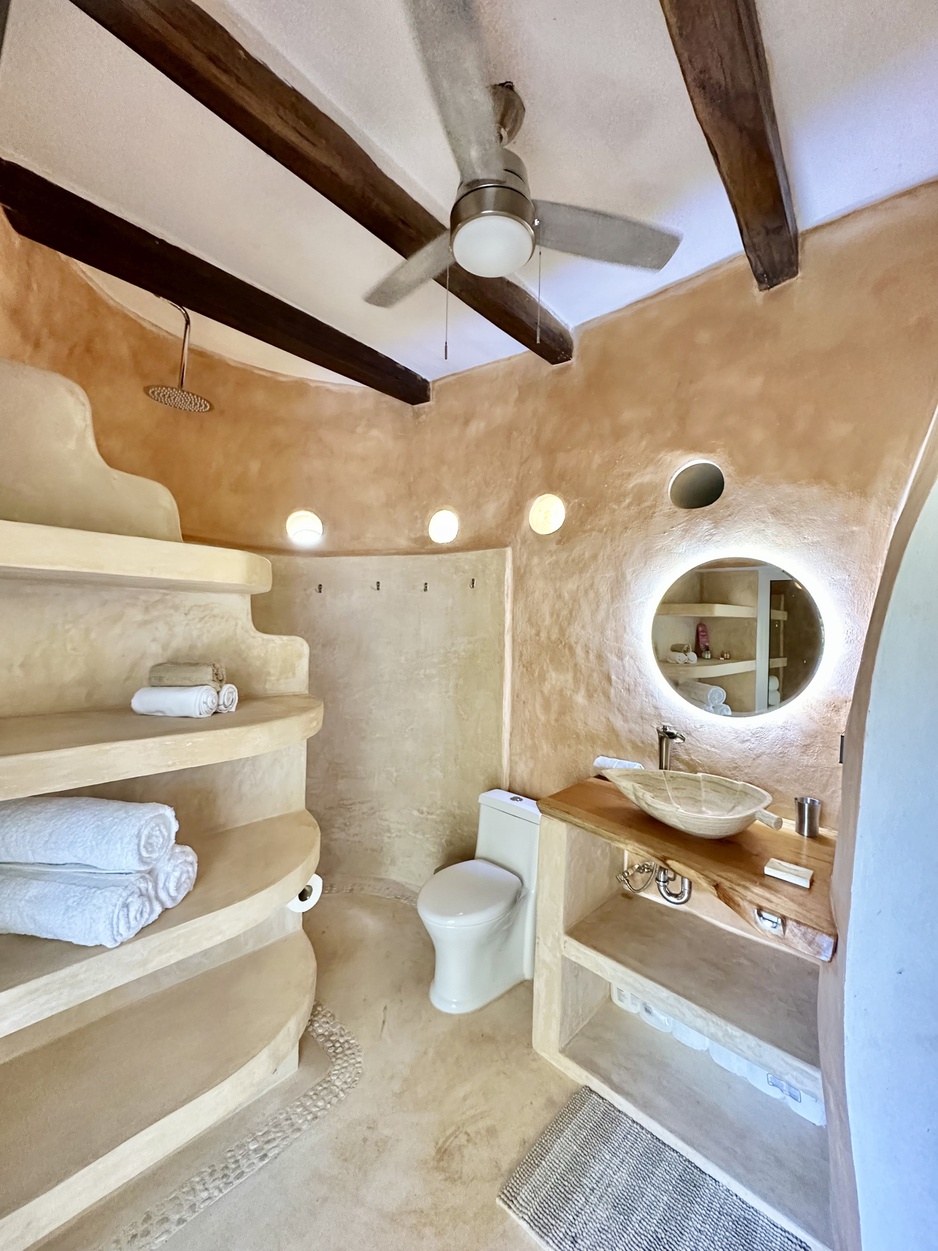
The bathroom demonstrates how superadobe construction can create surprisingly luxurious spaces using natural materials. Curved walls provide privacy while maintaining the dome's organic flow, and locally sourced tiles complement the earth-toned walls.
The space incorporates the property's TEVAP wastewater treatment system - a Brazilian technology that uses plants to naturally purify grey water. Banana plants surrounding the dome can evapotranspire up to 50 liters of water daily, turning waste management into a visible part of the forest's water cycle.
The Bedroom's Cathedral Ceiling
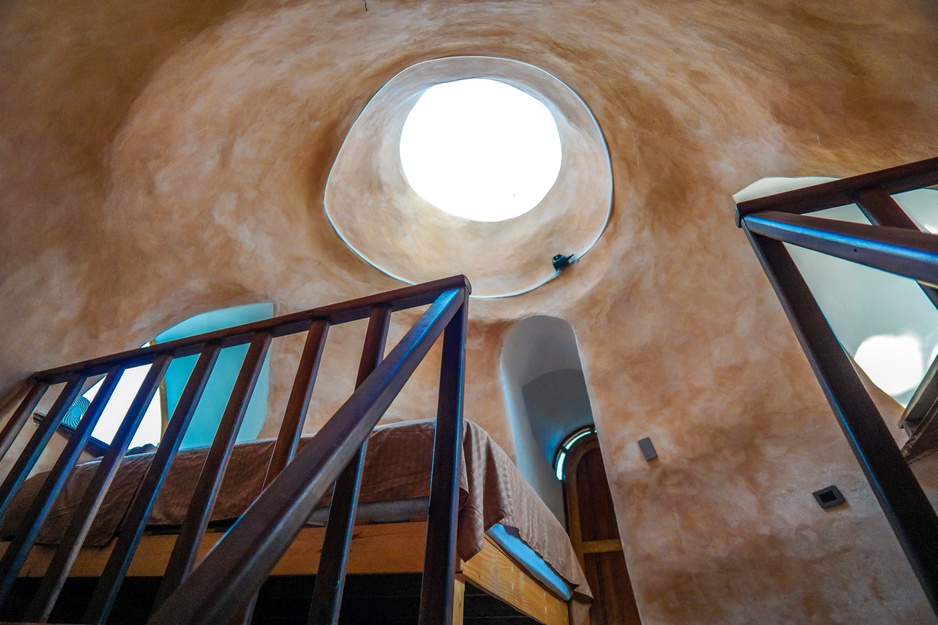
The sleeping area takes full advantage of the dome's soaring interior height. Your bed sits beneath a curved ceiling that rises dramatically overhead, creating an almost cathedral-like sense of space within the earth walls.
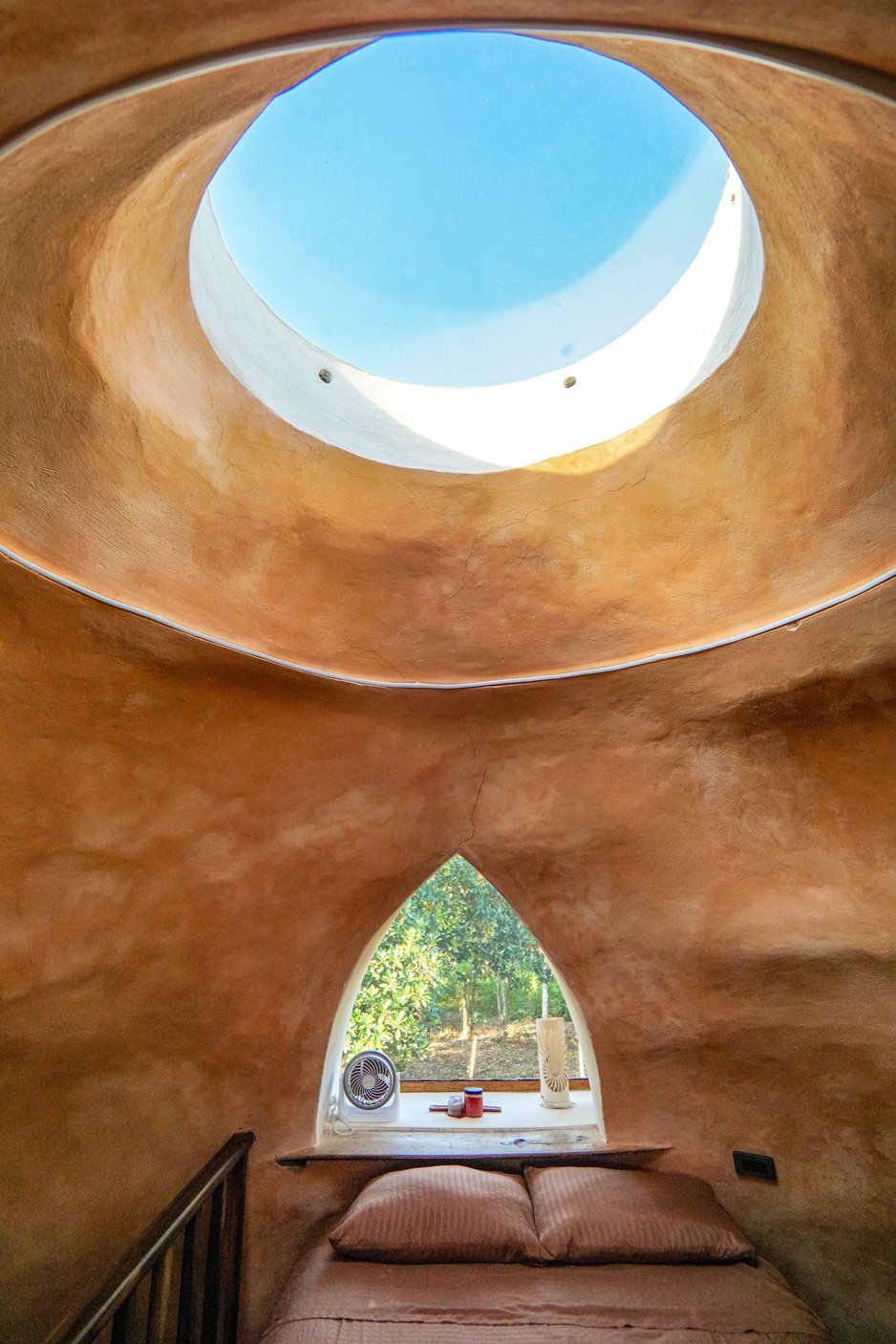
The circular geometry means there are no sharp corners to interrupt sight lines or create shadowy hiding spots - everything flows in gentle curves that seem to encourage rest.
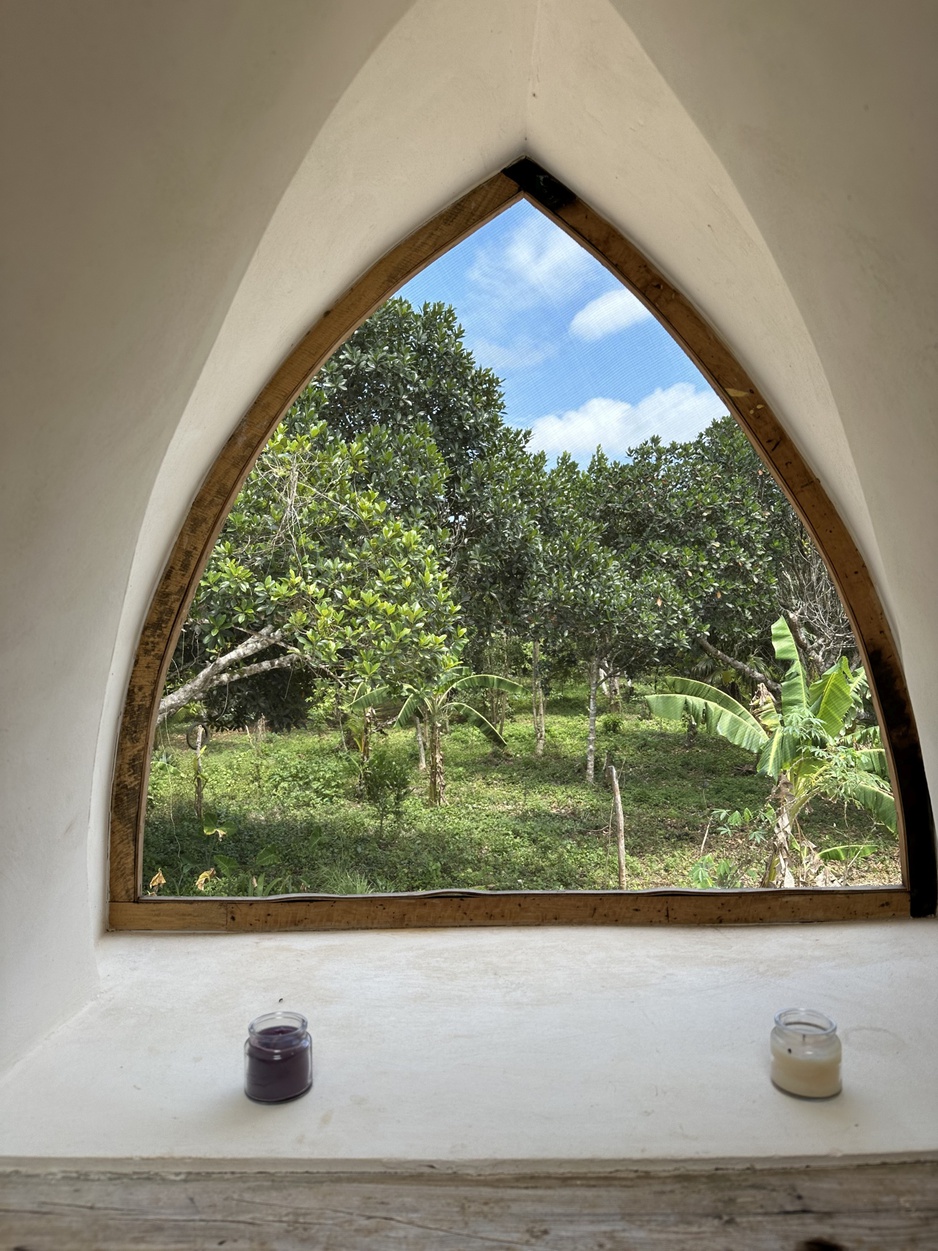
Windows positioned at bed level provide forest views without compromising privacy, while the thick walls ensure jungle sounds remain a gentle backdrop rather than a disturbance.
Rooftop Sanctuary Above the Canopy
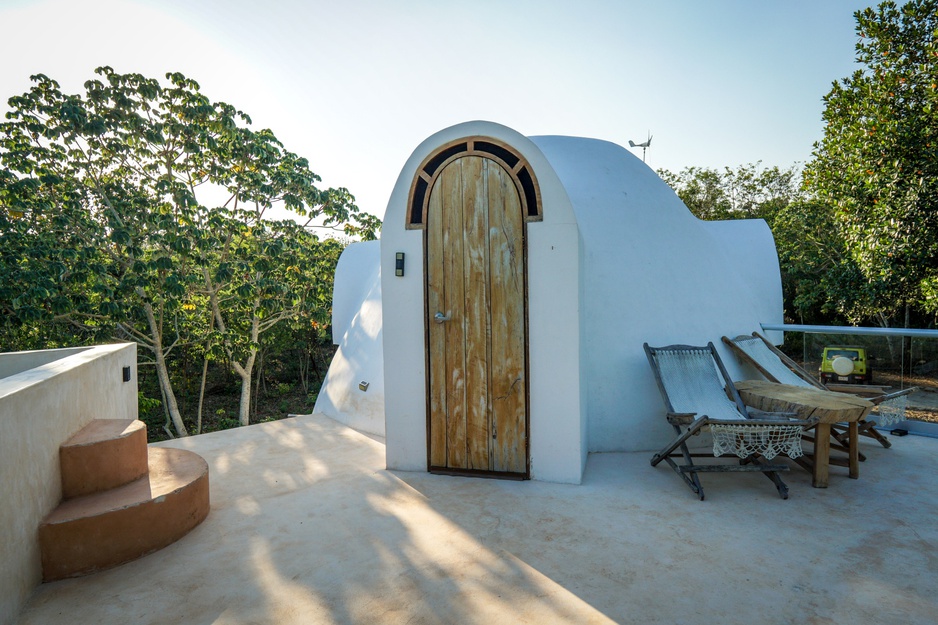
Perhaps the dome's most spectacular feature is its rooftop terrace, accessed by a ladder that leads to what feels like a private observatory. Here, a hot tub sits surrounded by 360-degree views of the jungle canopy, with the ceiba and jackfruit trees stretching endlessly toward distant Mayan ruins.

The terrace becomes particularly magical at sunset, when the jungle's daily transition from day to night creatures creates a symphony of howler monkeys, tropical birds, and rustling leaves.
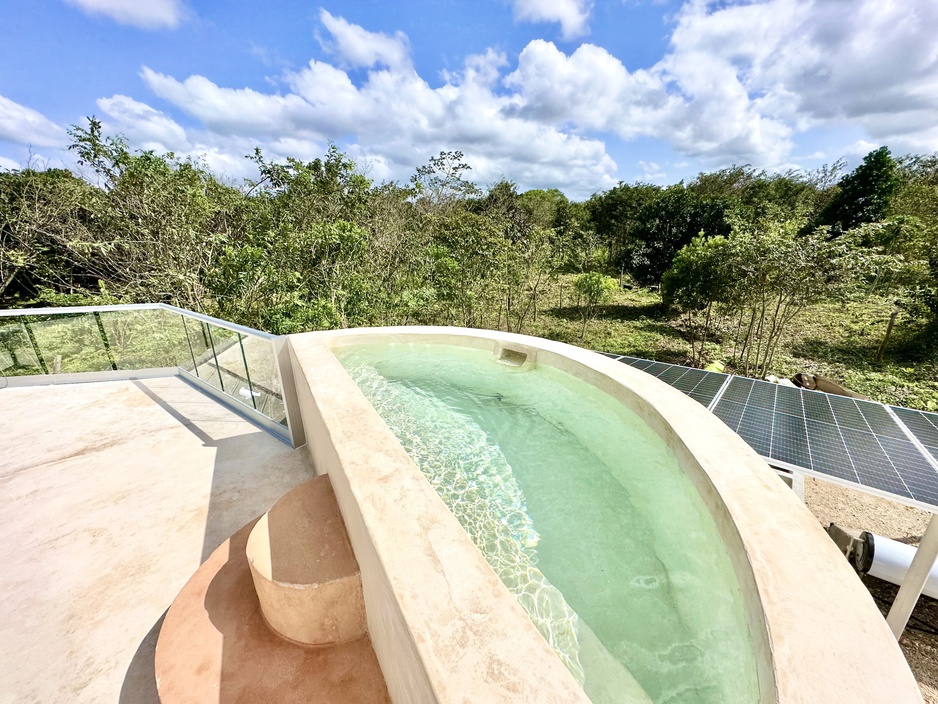
The hot tub's warm water provides perfect contrast to the cooling evening air, while the open sky above offers unobstructed views of stars rarely visible through city light pollution.
Carretera Kantunilkin - Chiquilá, Supermanzana Km. 25, 77330 Solferino, Q.R., Mexico

